The sights of unfurling foliage, the scents of flowers and the return of birds and insects whose lives are intertwined with them are reminders that we too have emerged safely from another winter, giving us the impression that the world is alive with new possibilities.
Blossoming trees are one of spring's most stirring sights. A walk along a hedgerow or woodland edge in spring is one where every flower tells a story.
Our guide takes closer look at some of the most common spring blossoming trees in the UK countryside – including blackthorn, hawthorn and crab apple. We reveal how, when and which trees blossom in the UK in springtime.
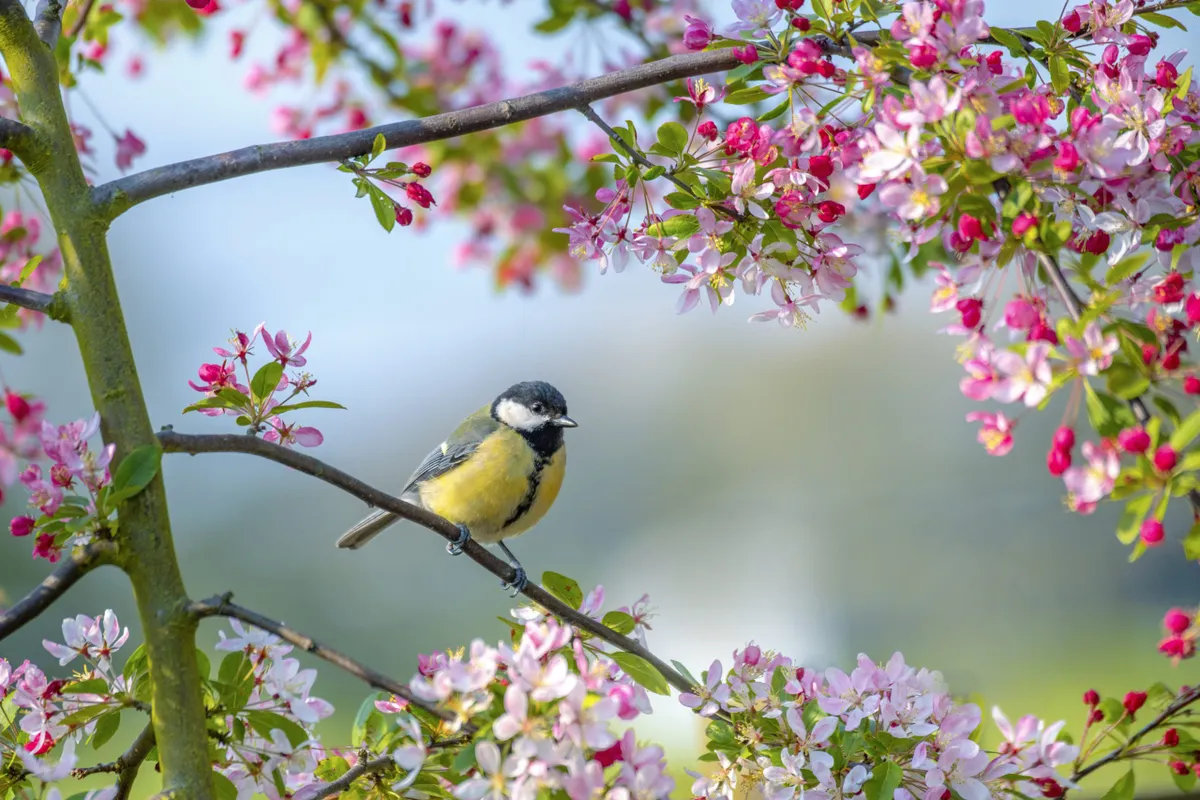
When is the best time of year to see blossom?
Blossom can be seen throughout the British countryside from as early as February and right through spring to early summer.
Where are the best places to see blossom in the UK?
A number of common trees – such as hawthorn, blackthorn and apple – produce blossom, meaning your chances of seeing them in bloom on your next springtime walk, not matter where you are, are high. Look for spring blossom in hedgerows, along forest verges, as solitary trees and in gardens.
If you prefer the idea of seeing blossom in a more contained setting, there are plenty of parks and gardens around Britain that offer exactly this.
The National Fruit Collection at Brogdale in Kent has over 3,500 cultivars, making it one of the world’s largest collections and one of the best places in the county for seeing spring blossom. Visit for the Hanami Festival – a cherry blossom celebration.
Set in the heart of the Cotswolds, Batsford Arboretum ingeniously makes use of the surrounding land to show off its impressive display of over 2,850 tree specimens, including the national Japanese flowering cherry collection.
RHS Wisley is the flagship garden of the Royal Horticultural Society: 60 acres of plant-y happiness, with something going on every day of the year. Visit in spring when its fruiting trees are laden with blossom. If the weather gets too hideous, then there are some excellent cafes and a huge and exciting glasshouse, showcasing a world-class plant collection.
With sprightly views of the River Conwy and the distant prospect of Snowdonia, Bodnant Garden is one of the great gardens of Wales. The 80 acres offer both a more formal area up by the house and a wild garden further down the hill, towards the river. There are plants growing here from all over the world, collected by five generations of the Aberconway family. One of the highlights of the year is in spring when you can immerse yourself in acres of cherry blossom and the scent of other flowering trees.

What is Hanami?
In Japan Hanami is an important event centred around its much-loved cherry blossom trees (Sakura), which are famed the world over. Each year, around late March and early April, crowds in their thousands flock to see the spectacle of the trees in bloom.
In 2020, National Trust launched #BlossomWatch in a bid to create a new tradition emulating Hanami — Japan’s annual celebration of blossom, associated with the arrival of spring.
Which wild trees blossom in spring?
Hawthorn Crataegus monogyna
- Other names: quickthorn, whitethorn, may
- When and where: May; hedgerows and isolated trees
Hawthorn hedges have formed enclosure boundaries since Roman times and the species has gathered millennia of folklore and superstition.
Winter-flowering Glastonbury Thorn is said to be descended from Joseph of Arimathea’s staff, which rooted and burst into flower on the Isle of Avalon.
In Ireland, hawthorn trees are said to be fairies’ trysting places. Bringing flowering branches indoors is believed by some to bring bad luck, perhaps due to their unpleasant scent, described by the poet Walter de la Mare as ‘a deathly smell’.
Isolated hawthorns grow into gnarled trees, full of character, and the species is the ‘thorn’ of many place names.

Blackthorn Prunus spinosa
- Other names: sloe
- When and where: late February, March and early April; hedgerow
Blackthorn flowers are densely clustered, so hedges covered in its blossom sometimes seem from a distance to be covered in a light fall of snow.
It often blooms at the time when northerly winds bring bitterly cold weather with real snow, a period known to generations of country people as a ‘blackthorn winter’. This may explain why sloe crops can be unpredictable – when cold weather prevents the bee activity that is essential for fruit production, there will be slim pickings for sloe gin fans in autumn.
New spring foliage, picked and dried, was used to adulterate tea in Victorian times.
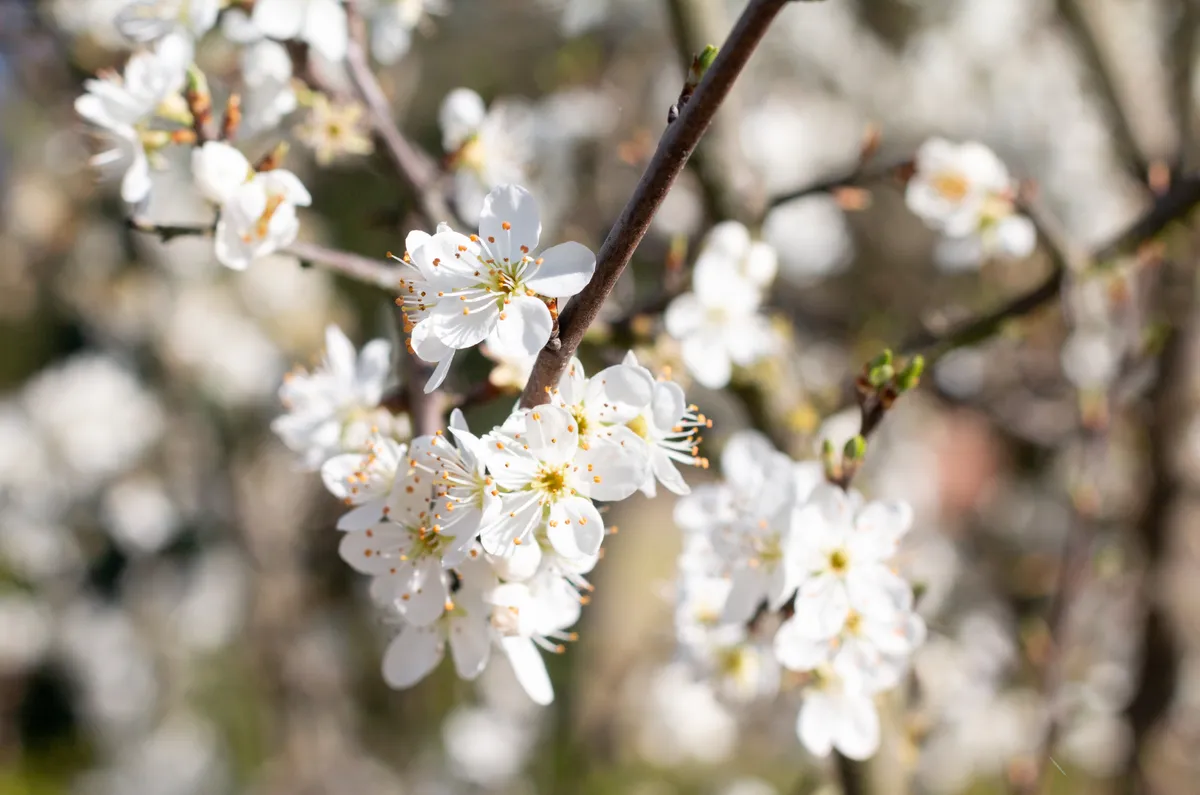
- Other names: cultivated apple (Malus domestica)
- When and where: Mid to late May; hedgerows, copses
Genuine crab apple is an uncommon native, venerated by druids because it was the host of magical mistletoe. It has breathtakingly bitter fruits, only suitable for making vinegar-like verjuice, but village hedgerows and byways are often full of the pink-tinged blossom of cultivated apples that have sprouted from discarded cores.
Old feral trees that produce good fruit would once have been valued as a communal resource, even subject to the ritual of wassailing. Pomatum, a country cosmetic, was made from crab apple pulp, lard and rose water.
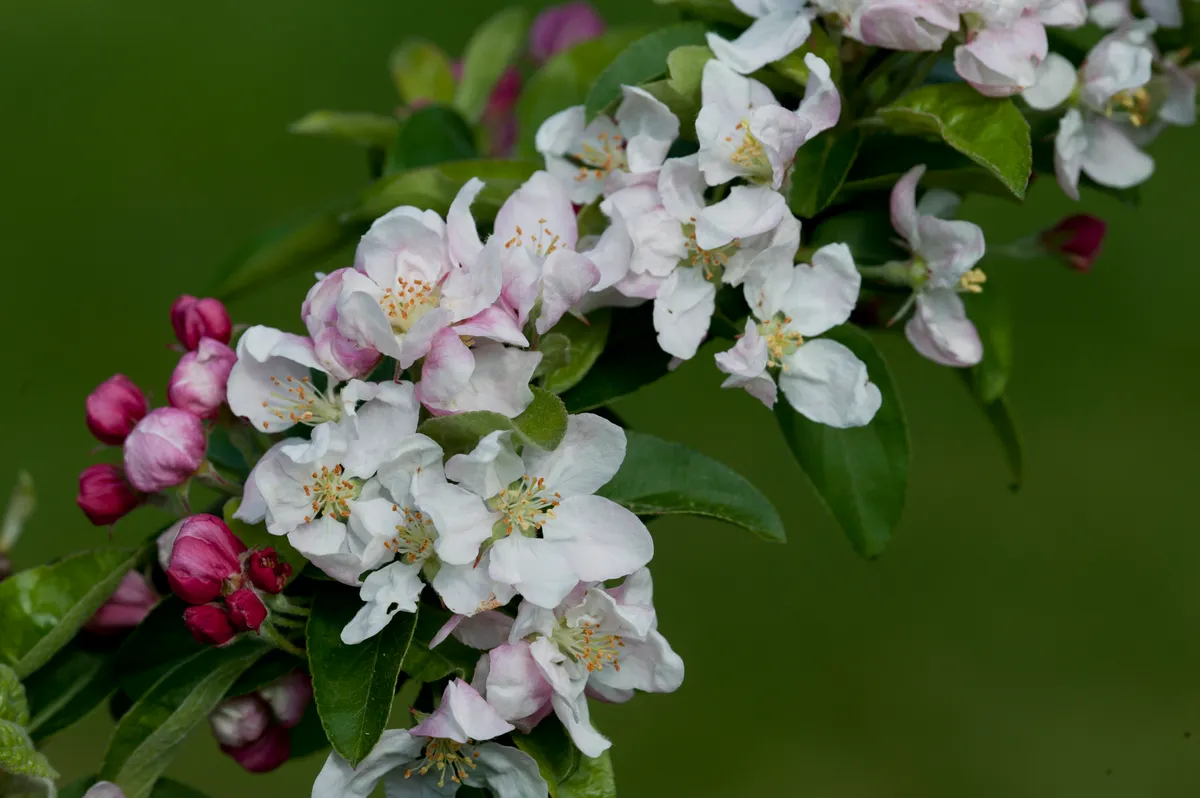
Wild pear Pyrus pyraster
- When and where From late March; trees in hedgerows
Probably introduced by the Romans, wild pear has small, inedible fruits. Its fragrant blossom opens before the leaves expand and is carried in upright clusters, attracting bee pollinators.
The cultivated pear Pyrus communis lacks the spines of the wild species; feral seedlings from tossed cores tend to revert to bearing poor fruit.
Mature trees have a pyramidal shape and can live for 200 years. Hard close-grained pear wood is loved by wood carvers.
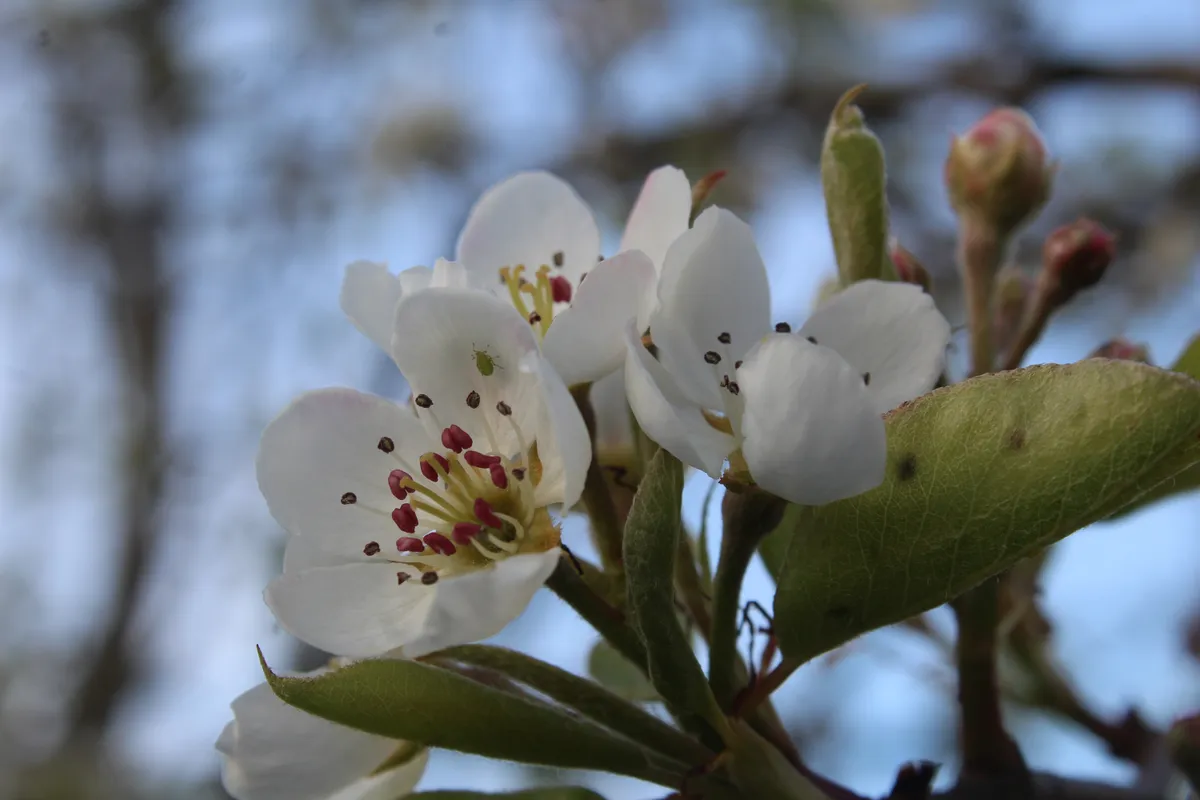
Sallow Salix caprea
- Other names: goat willow, pussy willow
- When and where: March to April; hedges, wood edges
Gathering male twigs as ‘palms’ on Palm Sunday is an old country tradition. In March, silver male catkins swell out of their bud scales and turn gold as their stamens elongate.
Female trees have spiky green catkins but both sexes produce nectar, attracting bees, butterflies and blue tits. As one of its names suggests, goats like to eat the catkins.
Willow bark infusions contain salicylic acid, the active compound in aspirin, and are an old remedy for aches and pains.
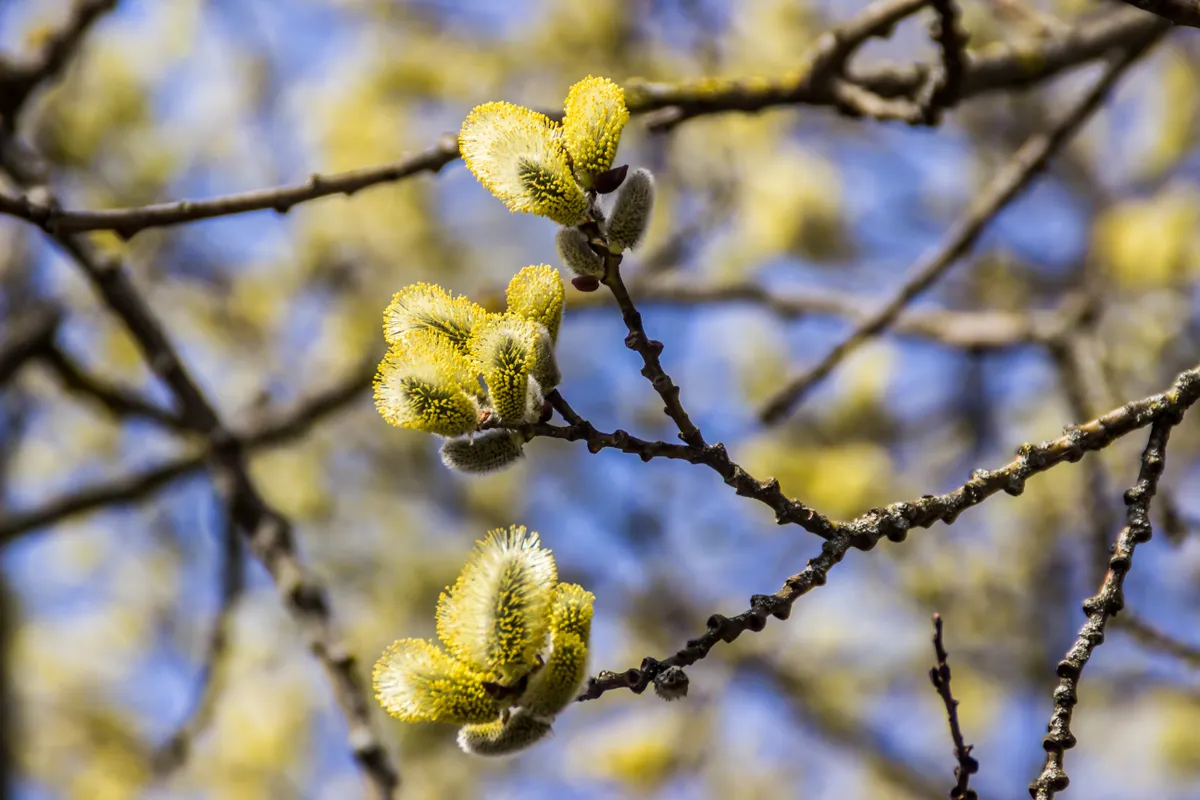
Hazel Corylus avellana
- Other names: lamb’s tails
- When and where: January to April; hedges and coppices
Hazel catkins are one of the first blossoms to appear on bare twigs in spring. Old coppices, cut on a 7-10 year rotation for harvesting small wood, produce fine catkins displays.
The nut crop depends on pollen carried on the wind to tiny carmine female flowers. A heavy nut crop can be stored for months if squirrels, nuthatches and dormice don’t reach them first.
Coppiced hazel was used to make everything from pea sticks to poles for wattle and daub walls, and for pegging down thatch. Diviners use forked twigs to locate groundwater.
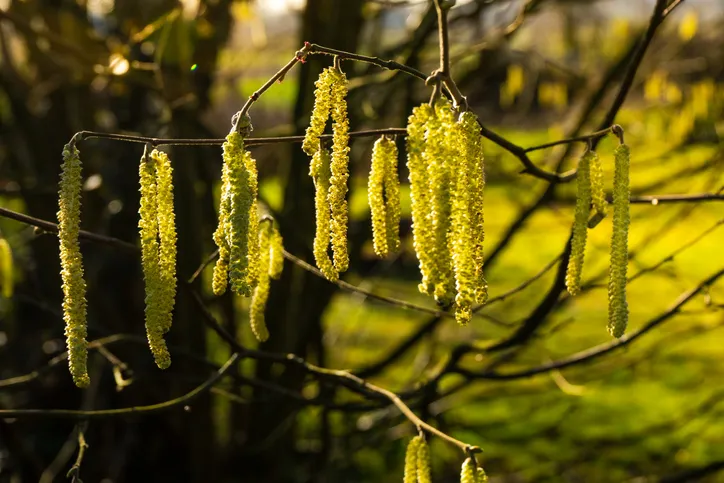
Rowan Sorbus aucuparia
- Other names: mountain ash, quickbeam, witchen, cuirn
- When and where: May; hedges, wood edges, solitary trees
Few native trees are so richly endowed with folklore. Flowering rowans were planted beside cottage doors on May Day to prevent visits by witches, while crosses made from twigs were hung over doors on the Isle of Man. Scottish shepherds drove flocks through a circle of rowans to protect them from spells.
The flat blossoms are composed of numerous tiny flowers with a musty scent that attracts pollinating flies. An exceptionally hardy tree, growing in mountain crags at higher altitudes than any other tree in Scotland.

